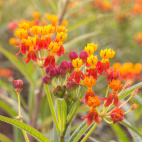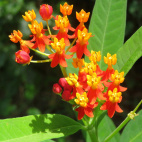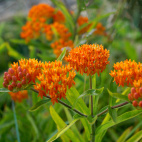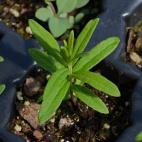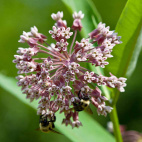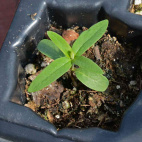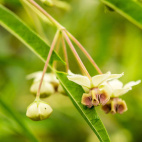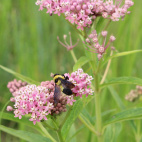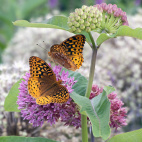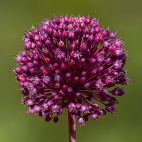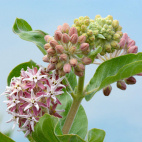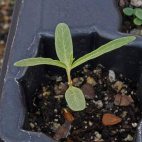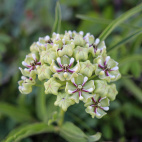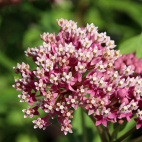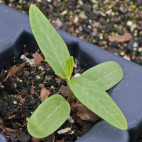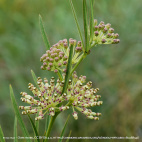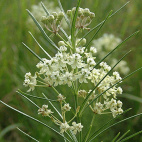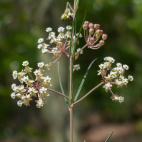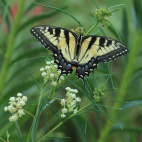Color
USDA Zone
Region
Type
Duration
Season
Germination
Soil
Sunlight
Height
Use
Narrow Your Search
Color
USDA Zone
Region
Type
Duration
Season
Germination
Soil
Sunlight
Height
Use
Wildflowers - Milkweed Seeds
-
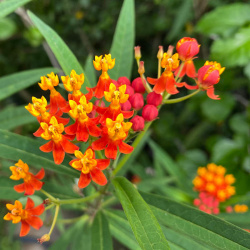 On Sale!
Blood Flower Seeds
Asclepias curassavica
Quick View
x
On Sale!
Blood Flower Seeds
Asclepias curassavica
Quick View
xBlood Flower Seeds
Starting at $3.48 USD -
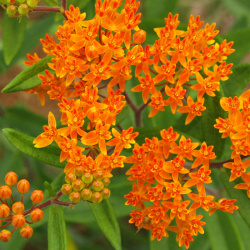 On Sale!
Butterfly Weed Seeds
Asclepias tuberosa
Quick View
x
On Sale!
Butterfly Weed Seeds
Asclepias tuberosa
Quick View
xButterfly Weed Seeds
Asclepias tuberosa
One of the most striking of native plants, Butterfly Weed lights up the prairies with its blazing orange flowers. Monarch Butterflies thrive on this plant, so it is a must for any butterfly garden on sandy soil. Butterfly milkweed seed thrives in rocky or sandy soil, typically in open fields or along roadsides.
Starting at $3.48 USD -
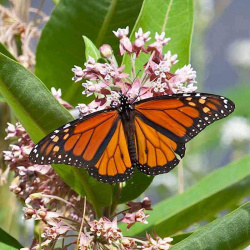 Common Milkweed Seeds
Asclepias syriaca
Quick View
x
Common Milkweed Seeds
Asclepias syriaca
Quick View
xCommon Milkweed Seeds
Starting at $3.48 USD -
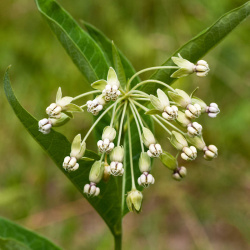 Out of Stock
Poke Milkweed Seeds
Asclepias exaltata
Quick View
x
Out of Stock
Poke Milkweed Seeds
Asclepias exaltata
Quick View
xPoke Milkweed Seeds
Asclepias exaltata
These tall, elegant stalks can be found in woodland areas across the eastern United States and Canada. The white flower clusters are great for attracting monarch butterflies to a shaded garden.
Starting at $3.96 USD -
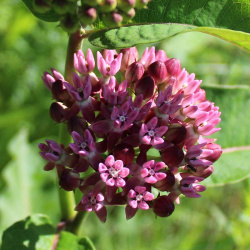 Prairie Milkweed Seeds
Asclepias sullivantii
Quick View
x
Prairie Milkweed Seeds
Asclepias sullivantii
Quick View
xPrairie Milkweed Seeds
Starting at $3.75 USD -
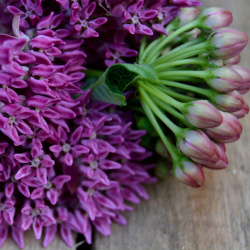 Purple Milkweed Seeds
Asclepias purpurascens
Quick View
x
Purple Milkweed Seeds
Asclepias purpurascens
Quick View
xPurple Milkweed Seeds
Asclepias purpurascens
This beautiful rare milkweed blooms a deep rose color that is close to purple. It is found in woodlands, prairies, and marshes. The leaves are also a darker green than most milkweeds, making a nice contrast. The only downside to this species is that it is rare and hard to get!
Starting at $4.80 USD -
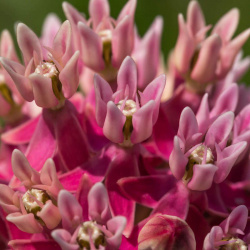 Out of Stock
Red Milkweed Seeds
Asclepias rubra
Quick View
x
Out of Stock
Red Milkweed Seeds
Asclepias rubra
Quick View
xRed Milkweed Seeds
Asclepias rubra
Attractive to both hummingbirds and butterflies, this variety makes an excellent choice for wetland gardens. The fragrant flowers grow to a medium height, so makes a great specimen plant as well. This wildflower is a rare type of milkweed and is often not available.
Starting at $3.96 USD -
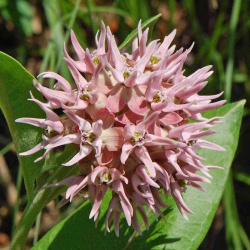 Showy Milkweed Seeds
Asclepias speciosa
Quick View
x
Showy Milkweed Seeds
Asclepias speciosa
Quick View
xShowy Milkweed Seeds
Starting at $3.48 USD -
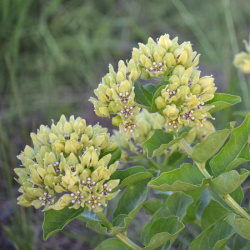 Spider Milkweed Seeds
Asclepias viridis
Quick View
x
Spider Milkweed Seeds
Asclepias viridis
Quick View
xSpider Milkweed Seeds
Starting at $3.75 USD -
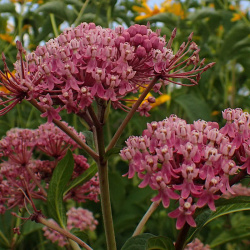 Swamp Milkweed Seeds
Asclepias incarnata
Quick View
x
Swamp Milkweed Seeds
Asclepias incarnata
Quick View
xSwamp Milkweed Seeds
Asclepias incarnata
These showy, pink flowers give off a sweet scent similar to cinnamon or vanilla. Attractive to butterflies, this variety flourishes in swamps or along streams, so it is a great option for a butterfly plant in a wet setting. Swamp milkweed plants are a staple of many wetland plantings.
Starting at $3.48 USD -
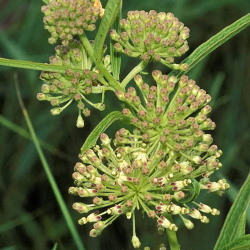 Tall Green Milkweed Seeds
Asclepias hirtella
Quick View
x
Tall Green Milkweed Seeds
Asclepias hirtella
Quick View
xTall Green Milkweed Seeds
Starting at $3.75 USD -
 Whorled Milkweed Seeds
Asclepias verticillata
Quick View
x
Whorled Milkweed Seeds
Asclepias verticillata
Quick View
xWhorled Milkweed Seeds
Starting at $3.75 USD







